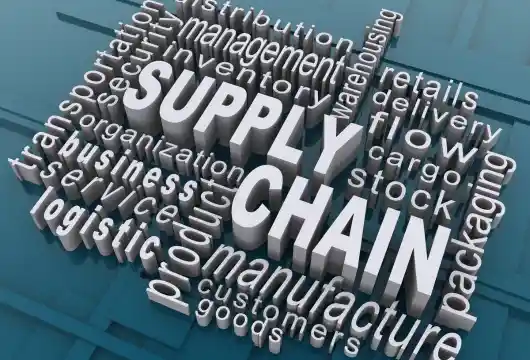Revolutionize Your Supply Chain
In today’s increasingly eco-conscious world, businesses recognize the importance of building sustainable supply chains. A sustainable supply chain reduces environmental impact, enhances brand reputation, and drives long-term profitability. In this guide, we’ll explore five actionable steps businesses can take to revolutionize their supply chains for a greener future. From ethical sourcing to embracing technology, these strategies will help companies build resilience, minimize waste, and contribute to a more sustainable world.
1. Embrace Ethical Sourcing Practices
Ethical sourcing practices form the foundation of a sustainable supply chain. By partnering with suppliers that prioritize fair labor practices, minimize environmental impact, and uphold ethical standards, businesses can ensure the integrity and sustainability of their supply chains. Conducting thorough audits, establishing supplier codes of conduct, and fostering transparent relationships are essential steps towards ethical sourcing.
2. Optimize Transportation and Logistics
Transportation and logistics are significant contributors to carbon emissions and environmental degradation. Businesses can minimize their ecological footprint by optimizing transportation routes, consolidating shipments, and investing in fuel-efficient vehicles. Embracing alternative modes of transportation, such as rail and sea freight, can further reduce emissions and enhance sustainability. Additionally, leveraging technology for route optimization and real-time tracking can streamline operations and reduce waste.
3. Implement Circular Economy Principles
Transitioning to a circular economy model is critical to building a sustainable supply chain. Businesses can adopt circular economy principles by designing durable, reusability, and recyclability products. Implementing take-back programs, refurbishing products, and incorporating recycled materials into manufacturing processes can help close the loop and minimize waste. By embracing circular economy principles, businesses can reduce resource consumption and contribute to a more sustainable future.
4. Harness Technology for Sustainability
Technology plays a crucial role in driving sustainability within the supply chain. Businesses can leverage innovative technologies such as blockchain, Internet of Things (IoT), and artificial intelligence (AI) to enhance visibility, traceability, and transparency. Implementing supply chain management software can enable real-time monitoring of environmental metrics and identify areas for improvement. By harnessing technology for sustainability, businesses can optimize processes, minimize waste, and drive continuous improvement.
5. Foster Collaboration and Partnerships
Collaboration and partnerships are essential for building a sustainable supply chain ecosystem. Businesses can collaborate with suppliers, customers, and industry stakeholders to share best practices, exchange resources, and drive collective action. Joining industry initiatives, participating in sustainability networks, and engaging with non-profit organizations can amplify impact and drive systemic change. By fostering collaboration and partnerships, businesses can leverage collective expertise and resources to accelerate progress towards sustainability goals.
Leading the Way Towards a Sustainable Future
Building a sustainable supply chain is crucial to creating a more sustainable future. By embracing ethical sourcing practices, optimizing transportation and logistics, implementing circular economy principles, harnessing technology for sustainability, and fostering collaboration and partnerships, businesses can pioneer sustainability in their supply chains and drive positive change. It’s time for companies to take action and lead the way towards a greener, more resilient future for all.
CLICK HERE for more blogs

